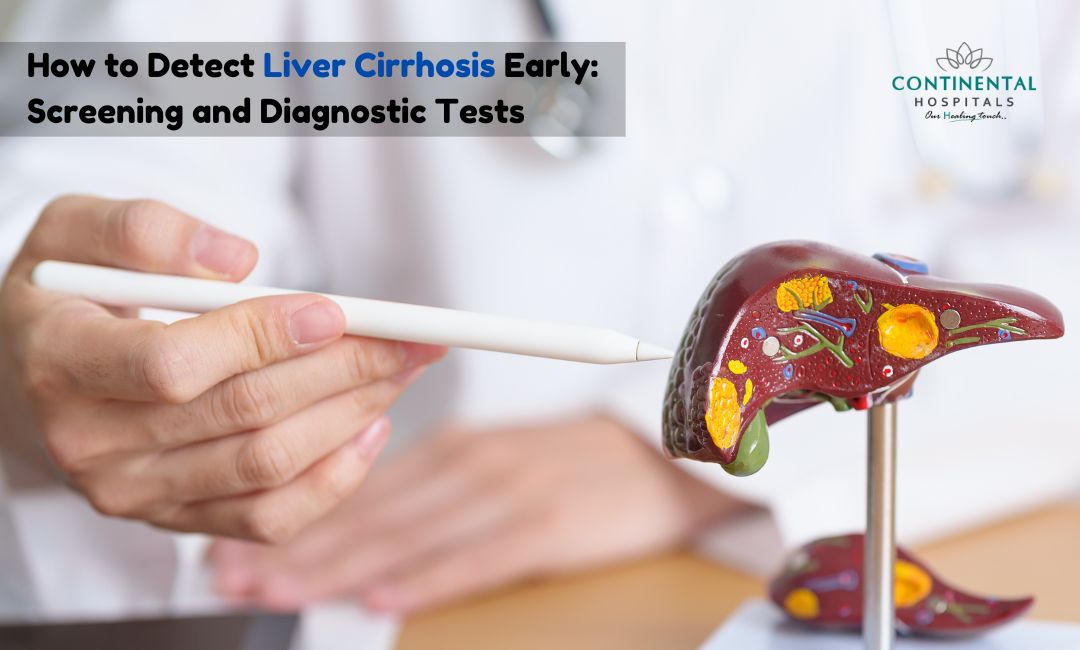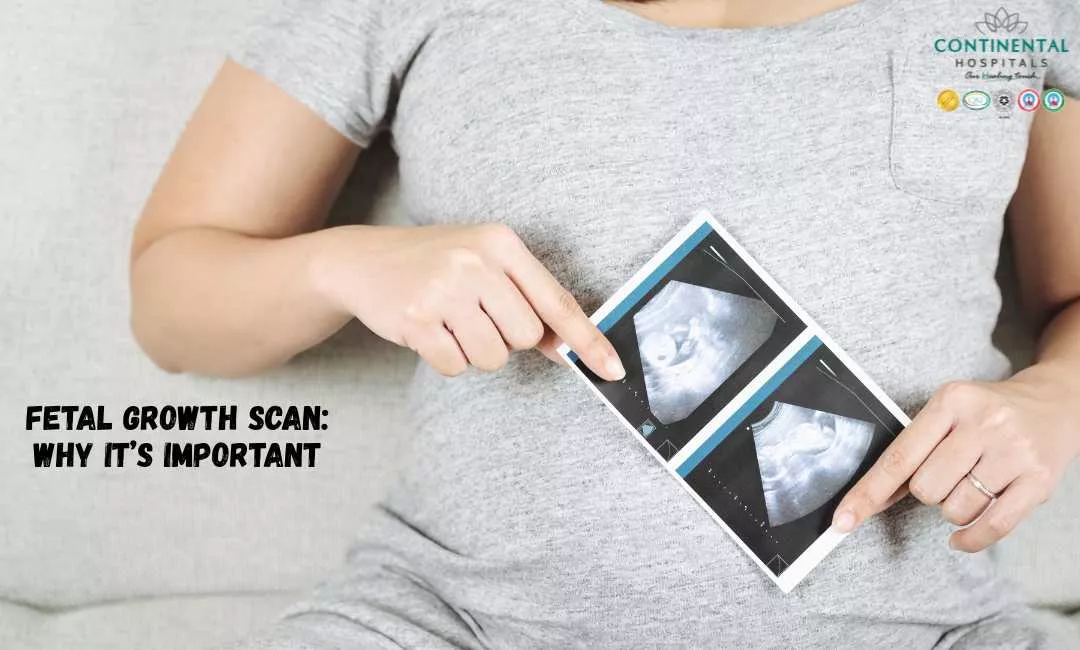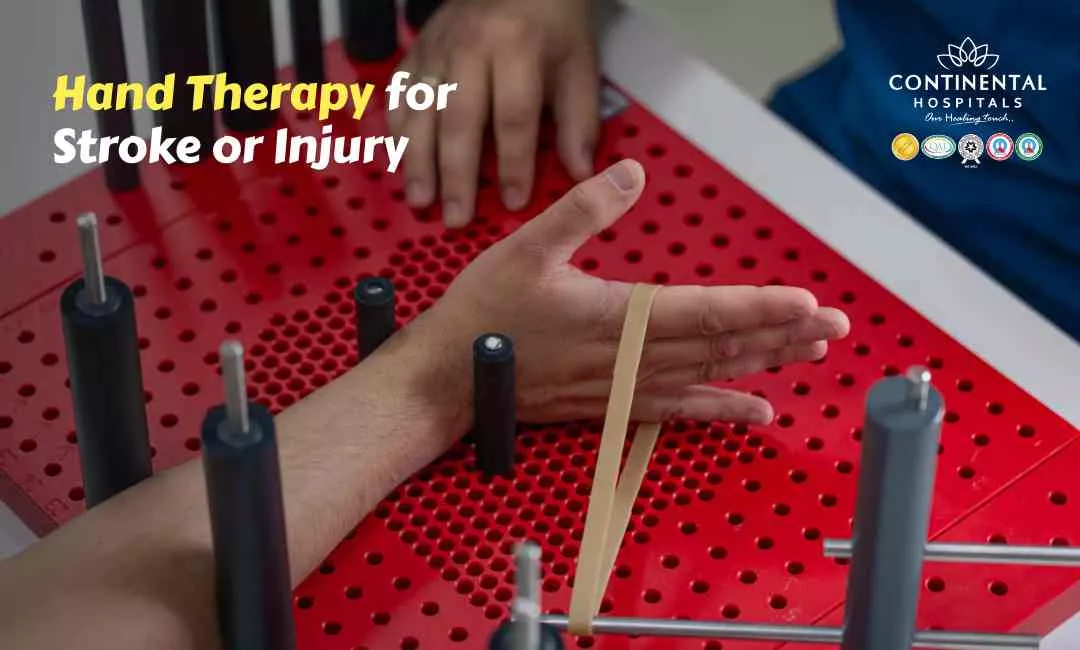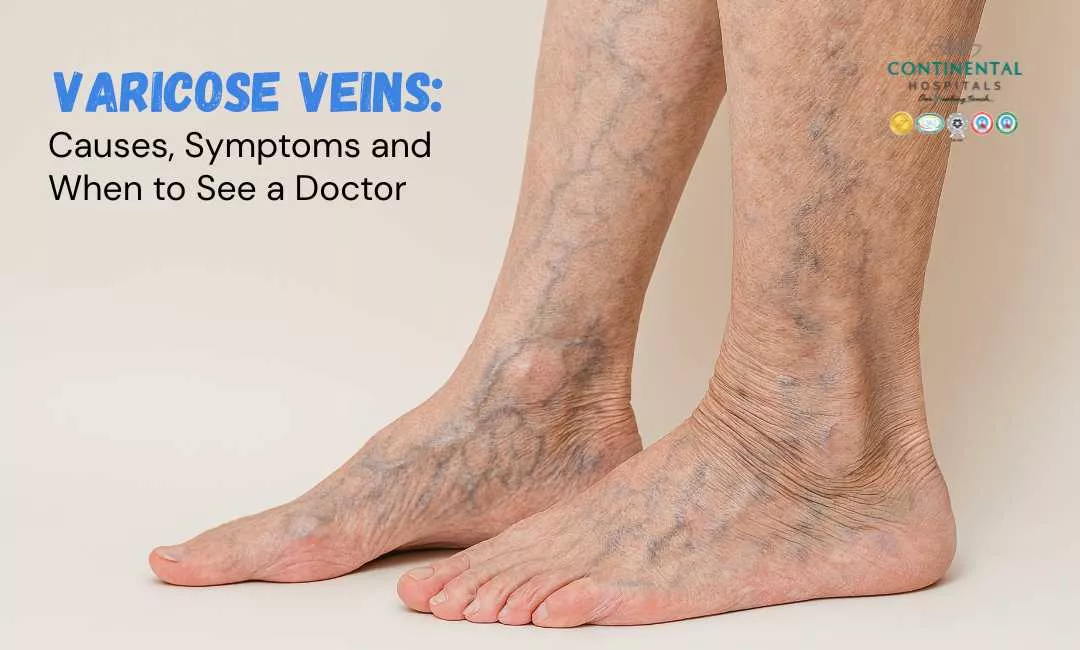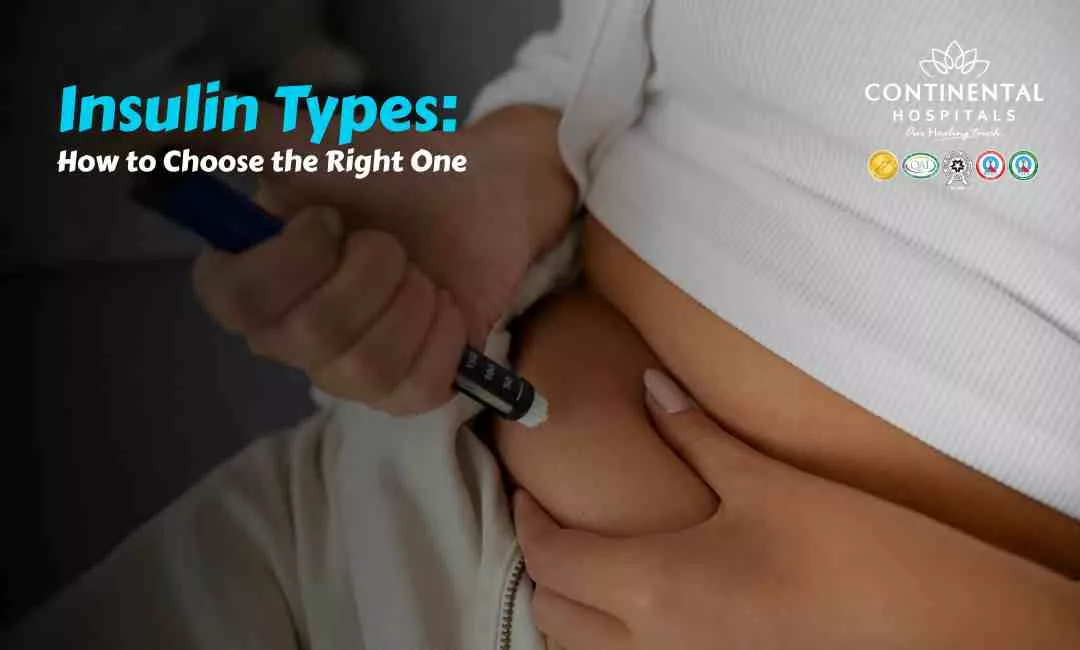Liver cirrhosis is a serious condition where the liver gradually deteriorates and becomes unable to function properly due to long-term damage. Early detection is crucial for managing the disease effectively and preventing further complications. This blog will explore how to detect liver cirrhosis early, highlighting key screening and diagnostic tests. Understanding these methods can help you take proactive steps toward maintaining liver health.
What is Liver Cirrhosis?
Liver cirrhosis is the result of chronic liver damage, often caused by conditions such as hepatitis B or C, alcohol abuse, or non-alcoholic fatty liver disease (NAFLD). Over time, the liver's normal tissue is replaced by scar tissue, which hinders its ability to function. This scar tissue can block the flow of blood through the liver, leading to further damage and complications like liver failure or liver cancer.
Early Signs and Symptoms
One of the challenges in detecting liver cirrhosis early is that symptoms often don’t appear until the disease is advanced. However, there are subtle signs that can suggest the presence of liver damage:
- Fatigue and Weakness: Feeling unusually tired or weak is a common early symptom.
- Loss of Appetite: A reduced desire to eat or unexplained weight loss can be early indicators.
- Nausea: Frequent nausea without any other obvious cause can suggest liver issues.
- Abdominal Pain and Swelling: Discomfort or swelling in the upper right side of the abdomen may indicate liver problems.
- Jaundice: Yellowing of the skin or eyes is a sign that the liver is not processing bilirubin properly.
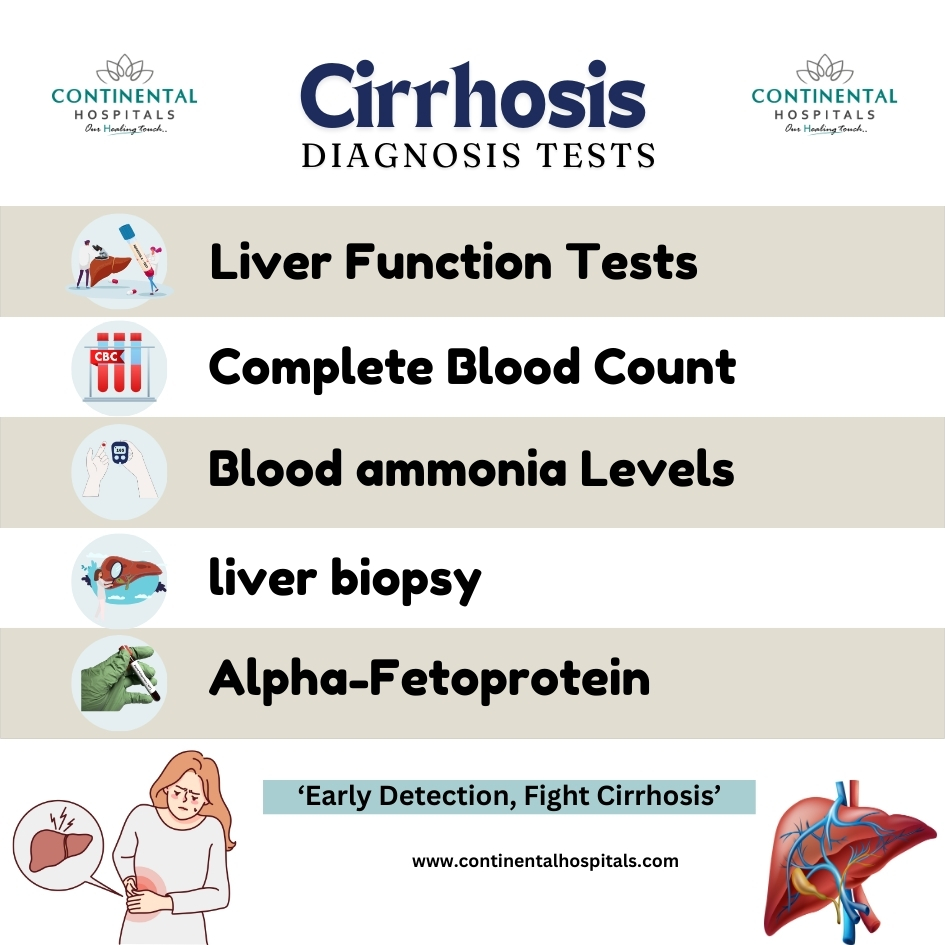
🥗 Healthy Plate Challenge
🍽 Add Your Favorite Dish
Pick Your 6 favorite foods, eat, and see the results.Drag & drop foods onto your plate.
Drop Food Here
Why Early Detection is Important
Detecting liver cirrhosis in its early stages is essential for several reasons:
Preventing Progression: Early detection allows for timely intervention, which can slow or even halt the progression of cirrhosis.
Better Treatment Outcomes: Treatment is more effective when started early, improving the patient’s quality of life and life expectancy.
Avoiding Complications: Early diagnosis can help prevent severe complications such as liver failure, portal hypertension, and liver cancer.
Monitoring and Managing Symptoms: With early detection, patients can be monitored more closely, allowing for better management of symptoms and prevention of further damage.
Risk Factors for Liver Cirrhosis
Understanding the risk factors for liver cirrhosis can help you recognize if you're at higher risk and need screening. Some common risk factors include:
Chronic Viral Hepatitis: Hepatitis B and C infections are leading causes of liver cirrhosis.
Alcohol Abuse: Excessive alcohol consumption over a prolonged period significantly increases the risk of cirrhosis.
Non-Alcoholic Fatty Liver Disease (NAFLD): This condition, often associated with obesity and diabetes, can lead to cirrhosis if not managed properly.
Autoimmune Liver Diseases: Conditions like autoimmune hepatitis and primary biliary cholangitis can cause liver inflammation and cirrhosis.
Genetic Liver Diseases: Hemochromatosis (excess iron) and Wilson’s disease (excess copper) are examples of genetic conditions that can lead to cirrhosis.
Screening for Liver Cirrhosis
Screening for liver cirrhosis involves assessing individuals who are at risk but may not yet show symptoms. Early screening can identify the disease before it progresses, allowing for timely intervention.
Liver Function Tests (LFTs):
What It Is: A blood test that measures enzymes, proteins, and substances produced by the liver.
Why It’s Important: Abnormal results can indicate liver damage, which may suggest cirrhosis.
Ultrasound Imaging:
What It Is: A non-invasive imaging technique that uses sound waves to create pictures of the liver.
Why It’s Important: Ultrasound can detect liver abnormalities such as scarring, nodules, and changes in liver size, which are indicative of cirrhosis.
FibroScan (Transient Elastography):
What It Is: A specialized ultrasound that measures liver stiffness.
Why It’s Important: Increased liver stiffness is a sign of fibrosis or scarring, which can indicate cirrhosis.
Blood Tests for Hepatitis:
What It Is: Tests to detect hepatitis B and C infections.
Why It’s Important: Chronic hepatitis is a major risk factor for cirrhosis, so identifying and treating hepatitis early can prevent cirrhosis.
Alpha-Fetoprotein (AFP) Test:
What It Is: A blood test that measures AFP levels, which can be elevated in liver cancer.
Why It’s Important: While not specific for cirrhosis, elevated AFP levels in someone with liver disease may indicate a higher risk of developing liver cancer, which often occurs in cirrhotic patients.
Diagnostic Tests for Liver Cirrhosis
If screening tests suggest liver damage or if symptoms of cirrhosis are present, further diagnostic tests are needed to confirm the diagnosis.
Liver Biopsy:
What It Is: A procedure where a small sample of liver tissue is removed and examined under a microscope.
Why It’s Important: A biopsy provides a definitive diagnosis of cirrhosis, showing the extent of liver damage and fibrosis.
Magnetic Resonance Elastography (MRE):
What It Is: An imaging technique similar to an MRI that measures liver stiffness.
Why It’s Important: MRE is highly accurate in diagnosing cirrhosis and assessing the severity of liver fibrosis.
Computed Tomography (CT) Scan:
What It Is: A detailed imaging test that uses X-rays to create cross-sectional images of the liver.
Why It’s Important: CT scans can detect cirrhosis, as well as complications such as liver cancer or portal hypertension.
Endoscopy:
What It Is: A procedure where a flexible tube with a camera is inserted through the mouth to examine the esophagus, stomach, and upper intestines.
Why It’s Important: Endoscopy can identify varices (enlarged veins) in the esophagus or stomach, a common complication of cirrhosis.
Blood Tests for Coagulation:
What It Is: Tests that measure how well the blood is clotting.
Why It’s Important: Cirrhosis can impair the liver’s ability to produce clotting factors, leading to increased bleeding risk. Abnormal coagulation tests may indicate advanced liver disease.
Don't wait—schedule your liver health checkup at Continental Hospitals today!
Treatment Options at Continental Hospitals
Continental Hospitals in Hyderabad is renowned for its expertise in treating liver cirrhosis. The hospital offers a range of treatment options, depending on the stage and severity of the disease:
- Medications: Drugs to manage symptoms, reduce liver inflammation, and treat underlying causes like hepatitis.
- Lifestyle Changes: Guidance on diet, alcohol cessation, and weight management to prevent further liver damage.
- Endoscopic Procedures: To treat complications like varices or ascites.
- Liver Transplant: For advanced cirrhosis, liver transplantation may be the best option, and Continental Hospitals has a specialized transplant team.
Conclusion
Early detection of liver cirrhosis is key to managing the disease and preventing severe complications. Regular screening and diagnostic tests can help identify cirrhosis in its early stages, allowing for timely and effective treatment. If you’re at risk for liver cirrhosis, consult a healthcare provider about getting screened.
Take control of your liver health. schedule a screening at Continental Hospitals and consult with our best gastroenterologist!
Related Blogs:
.webp)

